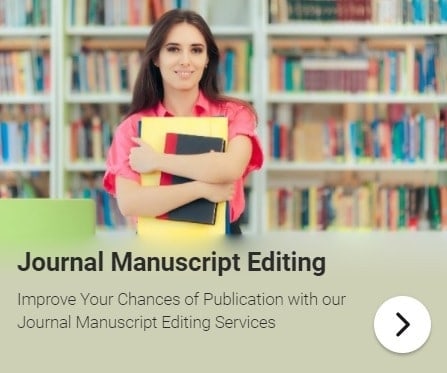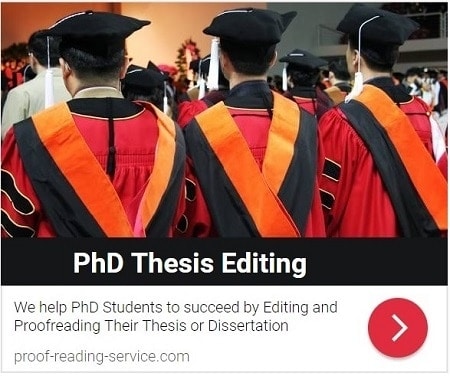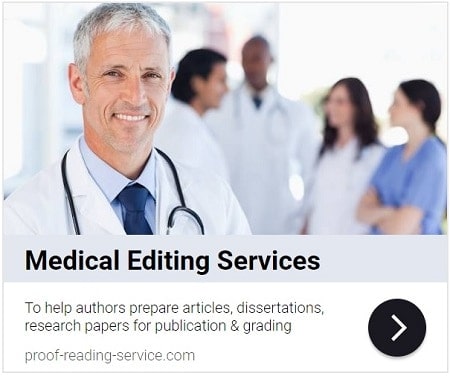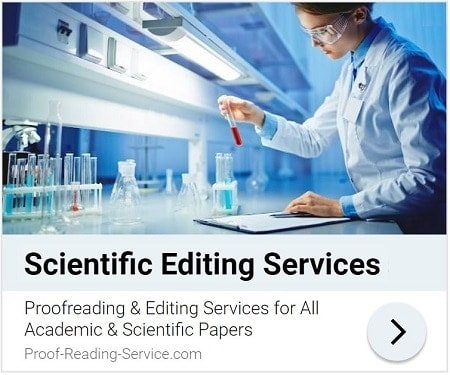
Table of Contents (Guide To Publication)
Part I: What To Publish and Where To Publish It – Chapter 2
2.2 Shaping Your Work To Fit the Journal
Producing honest and accomplished scholarship does not mean that you can’t stack the deck in your favour, however, when submitting your writing to the journal you’ve chosen. In fact, you should use everything you can learn about the journal to your advantage, and one of the classic ways of making your paper a good fit for a journal is to read and cite articles already published in that journal. If you’ve done your research by reading articles published in the journal that are similar to your own in order to choose the journal in the first place, this will prove easy and a natural progression of your scholarship that really does make your work compatible with other papers in the journal.
The way in which you introduce your work to the journal’s editor is vital as well. You need to understand what the journal is looking for and then explain to the editor exactly why your paper fits the bill. This does not mean compromising your methodology, evidence or argument, but the same paper can look very different when addressed to different audiences. Your covering letter is usually (not always) the first document the journal’s editor will read, and much can be accomplished in a couple of paragraphs. Take the opportunity to describe your paper in ways that appeal to the journal’s concerns: if you’ve come to innovative conclusions after a review of relevant literature and the journal you’re submitting to prides itself on publishing traditional scholarship – just the sort of journal, by the way, in which such conclusions might have maximum effect – emphasise in your letter how your research is based upon a careful review of the scholarly tradition. If your paper compares surgical treatments of an ailment with nonsurgical treatments and the journal you think the best fit for it focuses on surgery, highlight the surgical aspect of your work in your covering letter, whether the results you present favour surgical methods or not (for more advice on writing a covering letter to accompany your submission, see Section 6.1 of this Guide).
Table of Contents (Guide To Publication)
You can also increase your chances of publishing success by using specialised terminology with precision and extreme care. Only use such specialised terminology if it is entirely appropriate to your topic and do not overuse it. If the specialised terms you use are associated with the journal’s area of specialisation, you can use them fairly freely with the assumption that your readers will understand them (which doesn’t mean, by the way, that you can avoid using terminology precisely or defining abbreviations: see especially Sections 4.2 & 4.4.1), but any terminology you use whether in the paper or any accompanying documents that may not be familiar to those readers or to the editor or reviewers of the journal should be carefully explained.
Your title is essential as well, and should ideally be worded to prioritise the journal’s primary concerns as well as your own, and your abstract can similarly highlight the journal’s focuses while clearly outlining the nature of your work and its importance. Writing such effective titles and abstracts is no easy task, of course, but many an editor never makes it past the abstract of papers that are quickly rejected, and it’s essential to provide an abstract for your paper that makes a journal editor (as well as its reviewers and readers) respect your scholarship, understand its importance and see it as entirely appropriate for that publication (for advice on writing academic and scientific titles and abstracts, see Section 6.2). It goes without saying that title, abstract, and all other aspects of the paper should conform in every way possible to the author guidelines provided by the journal, though to be honest it seems this can never be said enough (and much of Chapter 3 of this Guide is dedicated to the topic). Submission procedures should also be noted and followed precisely (see Section 6.3 below), and the language in which you write your paper should be clear, correct, professional and, if possible, eloquent (see especially Chapter 4). Finally, your paper itself and all additional files you submit along with it should be carefully proofread and polished to the highest textual shine you can manage.
As you prepare your paper, consider the editor’s perspective – as much as you can anticipate it. This will help you earn positive attention from a respected and influential journal, and it’s well worth working to meet the requirements of such a journal because one truly valuable scholarly article published in a highly rated academic or scientific journal is worth far more (and looks far better on your CV) than two or three adequate papers published in second- or third-rate journals.
PRS Tip: Some journals will dedicate a particular issue or volume to a specific theme, and solicit articles that fit under the rubric of that theme. In such situations, you should only submit your paper for consideration in that issue or volume if your paper clearly deals with the theme specified, and you should also explain in your covering letter why and how your paper addresses that theme. Although it is generally a waste of time to submit an article that is off topic in such cases, submissions that share a topic or approach can result in a thematic trend in any given issue or volume of a journal, and many journals will welcome cohesive content of this sort. So if you have colleagues or (fellow) students involved in research similar to your own who are also preparing papers for publication, it can be a good strategy to submit your papers to the same journal around the same time. It won’t guarantee acceptance, of course, but if a journal receives more than one paper on the same or a similar topic, the connections may inspire a theme-oriented issue in which papers on that theme will stand a somewhat better chance of achieving publication. It’s another way to stack the deck in your favour as you submit your paper.
This article is part of a book called Guide to Academic and Scientific Publication: How To Get Your Writing Published in Scholarly Journals. It provides practical advice on planning, preparing and submitting articles for publication in scholarly journals.
Whether you are looking for information on designing an academic or scientific article, constructing a scholarly argument, targeting the right journal, following journal guidelines with precision, providing accurate and complete references, writing correct and elegant scholarly English, communicating with journal editors or revising your paper in light of that communication, you will find guidance, tips and examples in this manual.
This book is focusing on sound scholarly principles and practices as well as the expectations and requirements of academic and scientific journals, this guide is suitable for use in a wide variety of disciplines, including Economics, Engineering, the Humanities, Law, Management, Mathematics, Medicine and the Social, Physical and Biological Sciences .
Table of Contents (Guide To Publication)
You might be interested in Services offered by Proof-Reading-Service.com
Journal Editing
Journal article editing services
PhD Thesis Editing
PhD thesis editing services
Expert Editing
Expert editing for all papers
Medical Editing
Medical Editing Services
Research Editing
Research paper editing services
Book Editing
Professional book editing services






